Physostegia: description, varieties, planting and care
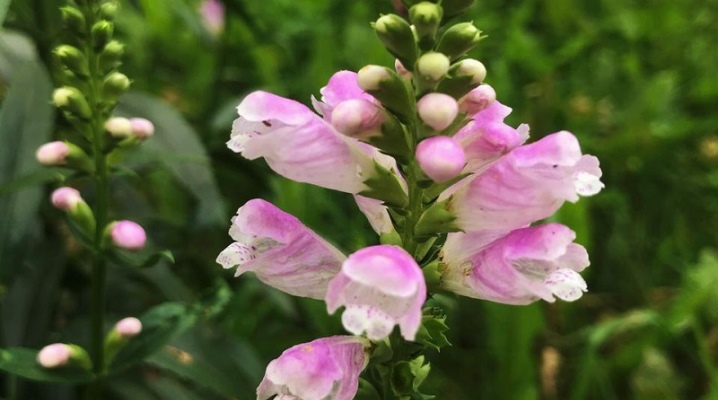
Physostegia is distinguished by beautiful inflorescences in the form of lush spikelets. This plant is remarkable in that it begins to bloom at the end of summer, when most of the summer crops have already faded, and the autumn ones are just beginning to form buds. Pleihoasia (elongated inflorescences) of physostegia serve as a decoration of the garden from August to frost. In addition to beautiful flowers, it is also appreciated for the duration of storage of its shape and appearance when cut.
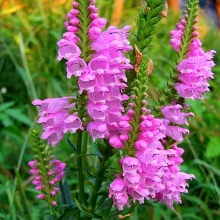

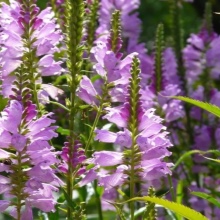
Peculiarities
Physostegia belongs to the herbaceous perennials of the family Labiatae, its homeland is North America. Several plant species grow in nature, but only one is used in culture - Physostegia virginiana. Plant height is 60-120 cm. Shoots are straight, strong, have a tetrahedral shape. Creeping roots, they are characterized by rather rapid growth. Lanceolate sessile leaf plates are elongated, with uneven, jagged edges, arranged in pairs.
Their color is light emerald. The buds are tubular, double-lipped, there are bisexual or unisexual with a snow-white, light purple, pink or cherry color. With their description, they are a bit like a daylily. Pleichoasias can be up to 30 cm long. Representatives of this species bloom from about mid-August to the last days of September. The inflorescences are distinguished by a bright aroma that attracts insects. After the end of flowering, nut-like seed pods ripen on the shoots, which are capable of self-seeding.
The culture is also characterized by high frost resistance.
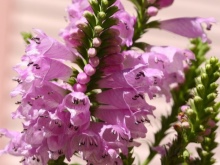
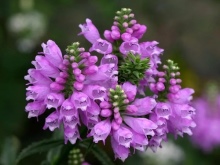
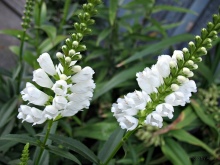
Types and varieties
The genus is not very numerous, it includes 3-12 species (the number in the sources varies). For cultivation, only one is used - virginian physicalostegia. All varieties are characterized by lush flowering and pleasant inflorescence aroma.
- "Alba" reaches 80 cm in height. The buds are rather large, snow-white, densely located on the crown of the inflorescence. Alba has a dramatic appearance thanks to the contrast of white flowers against an emerald green foliage background.
- Vivid belongs to not too tall plants, grows up to 60 cm. Flowers are painted in pale pink tones.
- Summer Snow - This is a rather large bush (about 90 cm in height). It blooms with white buds.
- Bouquet rose - a tall culture, reaching 1.2 m, with graceful bright lilac inflorescences.
- Summer Spire - a beautiful tall bush with inflorescences of a bright pink tone. They are beautifully set off by emerald foliage.
- "The Pink Queen" reaches about 70 cm. The spike-shaped inflorescences have a beautiful pink color.
- Crystal Peak White has about 80 cm in length and flowers of a snow-white tone.
- Miss manners - a low bush, about 45-60 cm. It differs from other varieties in a more controlled growth. It has large, white buds.
- "Variegata" - variegated form, which is characterized by strong stems that can easily withstand even strong gusts of wind. The bush can grow up to 90 cm. The leaf plates are painted in emerald color and have a white edging. The flowers are bright pink in color.
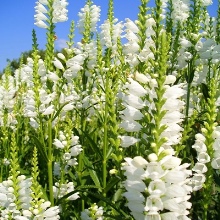
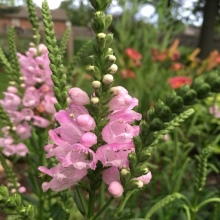
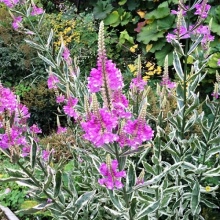
How to plant?
Once in the ground, physostegia begins to develop rapidly, processes are formed very quickly. The plant is unassuming to the composition of the soil, it prefers moist soils that retain water well. Loam, black earth or sandy loam soils are ideal.The rest of the growth factors are also not very important, but in order to achieve a longer and lush flowering, it is worth choosing the right place for planting. A flowering perennial plant prefers open sunny areas or places with the presence of light openwork penumbra.
With this location, the plant takes root extremely quickly and forms new shoots. It is recommended to plant it on the south side of the garden, near a fence or wall. In a shaded area, the flower will become faded, the processes will not grow and over time the bush will disappear.
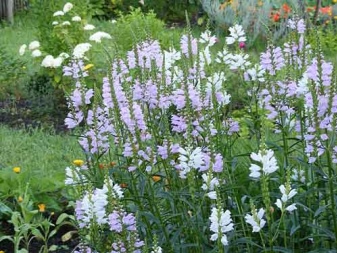

Before planting, it is worth preparing the soil a little: it is fed with compost or well-rotted peat. You can also add some sand.
Planting a flower in open soil is recommended towards the end of May. The distance between plants should be kept from 35-45 cm. When growing physostegia, you need to take into account the fact that the roots of the flower creep out quite quickly and aggressively, often expelling other plantings on the site. To avoid this, dividers are installed ahead of time: around the site with seedlings, sheets of slate or other material are dug in to a depth of 40-45 cm, thus constructing a kind of barrier. They also inhibit root growth by planting the plant in a bucket or other container without a bottom. It is necessary to bury it in the soil so that the edge of the vessel is 2-4 cm below the ground.
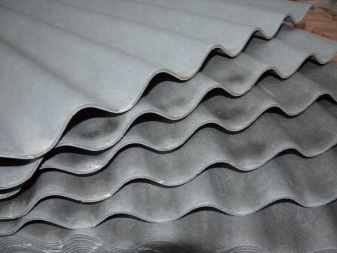

How to take care of it properly?
Physostegia is very stable and practically does not get sick, it grows well without creating special conditions. Flower care is as follows:
- watering;
- top dressing;
- pruning;
- transfer;
- collection of seeds.


It is necessary to moisten the bush systematically and quite abundantly, but it is important to ensure that moisture does not stagnate, as this is fraught with rotting of the root system or fungal diseases. After moistening, you should carefully loosen the soil so as not to harm the roots. Weeds are pulled out as they grow.
Constant feeding of the plant is not needed, before planting it is quite enough for it to introduce humus, ripe manure or complex mineral fertilizing in liquid form (combine them with watering). Before the budding period, it is also worth feeding the bushes.
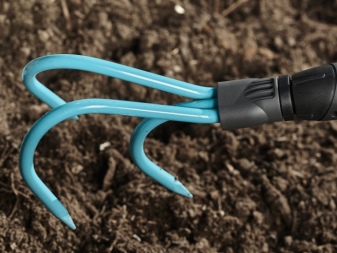
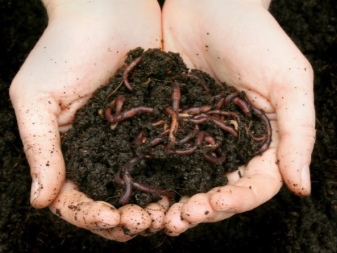
Every five years, it is recommended to transplant physostegia to a new growth site, since during this time the plant expands very much. Transplanting a bush does not cause any particular difficulties:
- in the fall, the plant is pruned;
- the roots are carefully dug up;
- the place is prepared in the same way as before planting seedlings;
- place the plant in a hole and sprinkle it with earth;
- the soil is well moistened and mulched with leaves or sawdust.
At the end of flowering, the bushes should be prepared for winter. Almost all varieties of Physostegy Virginia do not need shelter, but it is worth taking the time to collect seeds and pruning. The seeds are harvested in August-September. The seeds of the plant are rather large, black in color and slightly ribbed. After collecting them, they must be well dried; for this, the seeds are placed in a dry room with good ventilation.
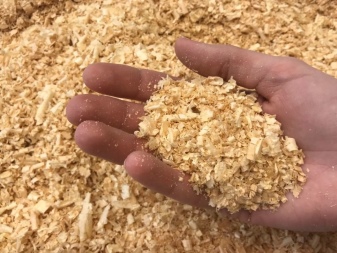
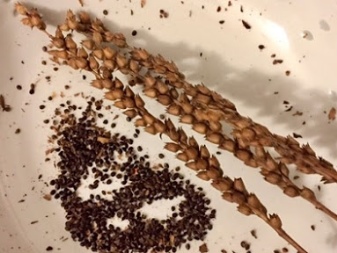
Pruning of bushes is carried out in the fall, after the shoots are dry. The aboveground part is cut off, leaving 10-12 cm of shoots above the soil. This procedure allows the plant to survive the winter normally. When pruning a bush at the root, the plant may freeze out or the buds will not form next year. Physostegia tolerates frosts well, but in regions with harsh and prolonged winters, the flower can die without insulation.
In this case, after pruning (up to 5 cm of the bush is left), the plant is covered with peat or sawdust, you can pour a thick layer of dry leaves, and also use spruce branches.
With the beginning of spring, the shelter must be removed so that the roots do not rot.
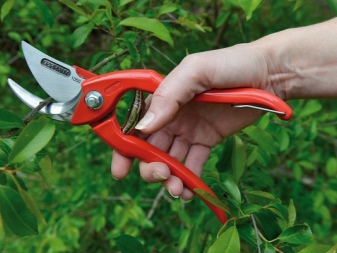

Reproduction methods
Grow physostegia in several ways:
- seeds;
- division;
- layering;
- cuttings.
Using the first method, seeds are sown directly into open soil from the second half of April to early May, they are distinguished by a very high germination capacity. The sooner they are planted, the more chances that they will bloom in the same year. In addition, the seeds overwinter very well in the soil, so they can be planted in the fall. Also, do not forget that physostegy reproduces well by self-seeding. You can grow the plant and seedlings.


For her, the seeds are sown in March in containers, and then transferred to the greenhouse. After two weeks, seedlings begin to appear. Care for them is the same as for any seedlings: watering after the top layer of the soil dries out, loosening the soil, protection from direct sun and drafts. When two true leaves appear, the sprouts dive. The distance between the bushes is 7-10 cm. Before planting in open soil, the seedlings should be hardened. To do this, two weeks before disembarkation, they need to be put outside every day, gradually increasing the time they spend in the fresh air.
When dividing a bush in spring or autumn, it is dug up and divided into several parts, each having at least a couple of branches. The lower part of the root is cut obliquely, and the upper part is cut straight. New plants are planted at a distance of about 50 cm. When they leave, it is worth excluding stagnant water, otherwise the roots will begin to rot. For the winter, they should be covered with agrofibre.
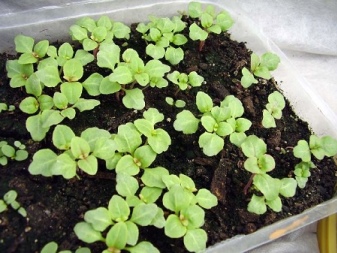
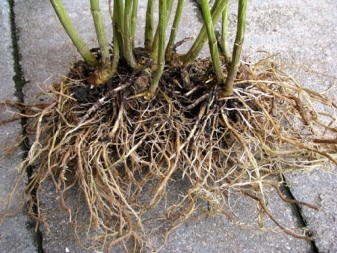
Layers are formed spontaneously on the rhizomes of physostegia. They are dug up and transplanted into a shaded growing bed. It is better to do this in the summer or in September, so that they have time to take root by the onset of cold weather. They should be covered for the winter, and at the end of spring they can already be planted in a permanent place of growth.
The method of propagation of physostegy by cuttings makes it possible to preserve all varietal characteristics. Cuttings are harvested in the summer, before the flowering of the bush. Cut shoots should be up to 12 cm long and have several pairs of buds. Cuttings are planted in a container with wet sand so that the bud is at ground level. Keep utensils in a shaded area. After planting, the sprouts are sprayed with fungicides for prophylaxis. For the winter, the containers are left in a cool room, but care must be taken to prevent the appearance of fungus.
In the spring, the sprouts are planted in the garden so that they grow and grow stronger, and after a year they can be planted in permanent places.
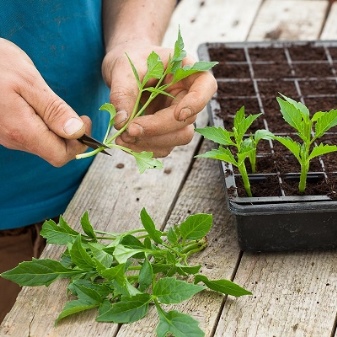

Diseases and pests
Physostegia is extremely rare, but it still happens. Most often, diseases arise due to improper care, you should not be afraid of this, the plant quickly recovers. At the first symptoms, you should immediately take action, preventing the prolongation of the disease. Most often, the culture is affected by rust or fungal diseases. For the purpose of treatment, fungicidal preparations are used.
The roots of the bush are quite tender, due to an excess of moisture, root rot can form on them. Therefore, it is worth regulating the amount and volume of irrigation, as well as preventing liquid stagnation. Physostegia does not often suffer from pest attacks, but it can be annoyed by aphids or spider mites. Such drugs as "Actellik", "Biotlin" or "Antitlin" are effective against them.
When using them, you should follow the instructions so as not to harm the plant.

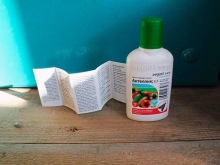
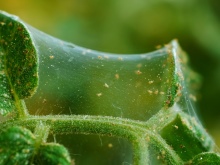
Use in landscape design
Physostegy is a very practical flower in terms of application in landscape design. Due to its striking appearance and sufficient height, it looks great both in single plantings and on multi-level plantings. Often the bush is placed in the middle of round or oval flower beds.
A tall perennial fits perfectly into a variety of mixborders, then it is planted in the background. They decorate the flower beds near walls or fences. The bush harmoniously fits into a variety of compositions with other flowering crops.

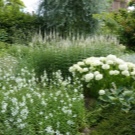


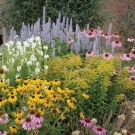
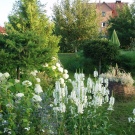
In addition, the shores of decorative ponds are decorated with physiostegia, and it is planted near fountains. A decorative perennial looks spectacular against the background of low coniferous shrubs: thuja, juniper or spruce. Group plantings with different color combinations of buds look picturesque. The variegated form of physostegy looks especially juicy on a green lawn in the form of solo plantings. Beautiful inflorescences of physostegia are also used for cutting into bouquets, because they retain their fresh appearance for a long time.
Physostegy will become a real decoration of the site or garden for many years, without requiring excessive care or loss of time in return. The ease of growing and beautiful flowering have made the crop extremely popular with florists.
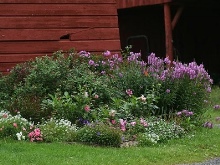
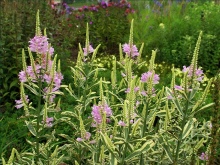

In the next video, you will find additional information on Virginian physical therapy.







































































































The comment was sent successfully.